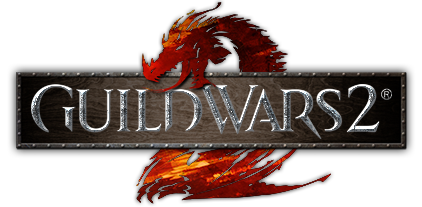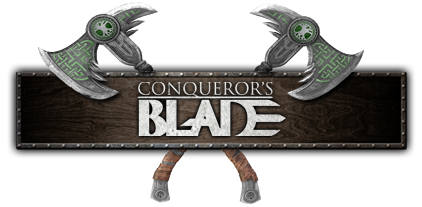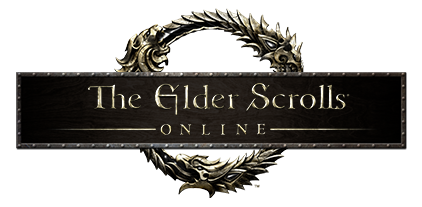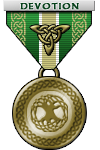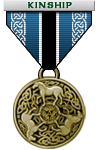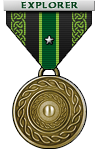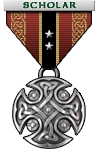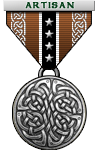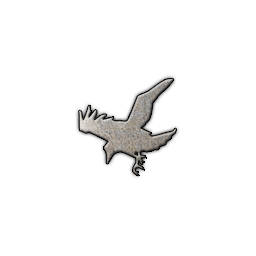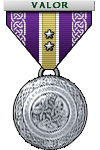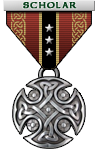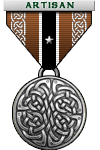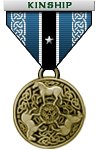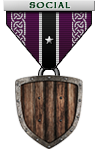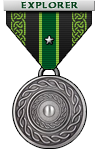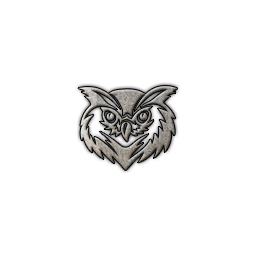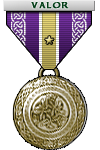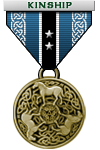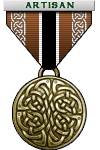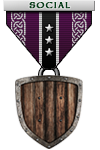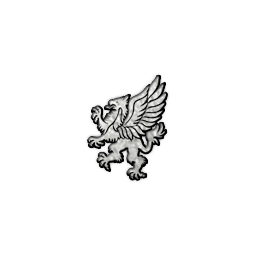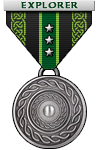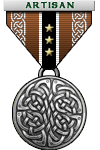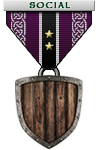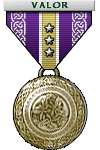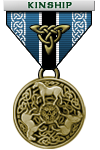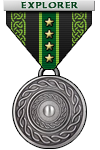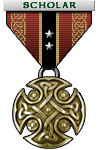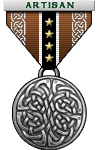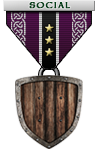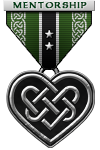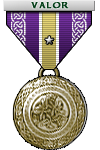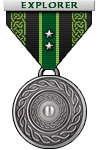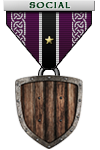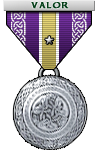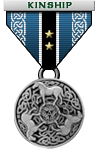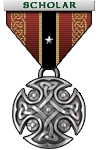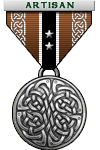Computer Trick and Tips

Hello one and all. Welcome to my second episode of Computer Tricks and Tips.
This is a post that I will try update weekly with tips and tricks about your computer.
Sorry for episode 2 from taking forever to come out.
Table of Contents
Episode 1: Snipping tool, 3D Tabbing, and Finding out your Computer Specs.
Episode 2: Security, Security do's, Security do nots.
Episode 1
Hello one and all. Welcome to my first episode of Computer Tricks and Tips.Today I'll be showing you the Snipping Tool application, How to tab in 3D, and How to figure out your Computer Specs.
Snipping Tool
So your probably wondering, what's the Snipping Tool application? Well the snipping tool is a screen capture application that allows you to capture any image on your screen.
Where to find the Snipping Tool application: To Find the sniping tool.
- First go to the Start Menu in the bottom right part of your screen.
- Then go to the All programs option.
- Then go to your Accesories folder.
- Then Select Snipping tool.

After opening the Snipping Tool simply click and drag the Capture box for any image you wish to capture. Allowing you to take a quick picture of any of the image on your screen.
For an example I snipped a picture of the top of the Website Header.

NOTE: Windows XP does not have snipping tool. BUT! there is a similar program called snagit that one can download.
Link: http://www.techsmith.com/snagit-accessories.html
3D Tabbing
Ever wanted to see what applications your Alt-Tabbing through? Well heres a neat trick that allows you to do just that.
How to 3D Tab: This a simple trick. Instead of Alt-Tabbing, use your windows key and tab, thus Win-Tabbing.

How to Figure out your Computer Specs
Ever had a technical problem with your computer and have someone ask you what your computer specs are? Only to have no clue how to figure that out. Sure you can look under the My Computer option under your start menu. But that only gives a very basic summary of your computer Specs.
So how do you figure out what your computer specs are:
- Open the Start menu of your computer(bottom right of the screen).
- If you have Windows Xp click the Run option. If you have Windows Vista this option is built into the Start menu.
- In the Run/Search file Box type in: Msinfo32.exe and Press Enter.
- Then the System Information window will open showing your your computer specs.


And that concludes episode 1 Of Computer Tricks and Tips.
Episode 2
Hello one and all. Welcome to my first episode of Computer Tricks and Tips.Today I'll be helping you in Security, Security do's, Security do nots.
Security
Internet security is something that is very important to any computer system network. Whether if it's your home computer or your business, every computer should have at least some form of security.
In this section i plan to go over the things you should do...
- What makes a good password?
- Ctrl-Alt-Delte login, what's this?
I will also go over the things you should not do...
- How to check an unknown link?
- Download all the free things?
Security Do's
These are items that if you havn't done yet, I would advise you to do so. These arn't neccessary, but each will easily increase your security ten-fold.
What makes a good password?
Ahhh the age old question of "what makes a password good, or weak". This is a very important factor in internet security.
So what makes a good password? My first piece of advice is to grab a piece of paper or your diary. Try to write down the hardest sieries of numbers, symbols, capital letters, and lowercase letters you can think of, and advoid writing down one word with some of it's letters converted to numbers and symbols. And trust me, you don't have to worry about a undercover spy sneaking into your house to find that piece of paper with your password on it :)
So let's take a look at some of the worst possible passwords out there.
- password
- Password
- Love
- God
- secret
Now to analyse why these passwords were so bad. You see most people try to make the passwords to their computers as simply as possible so they can remember them. The downfall to this is that they are tremendously easy to guess.
So let's take a look at some of the best passwords out there.
- z9bsyΦ)iJ%aaa^i%T¶Ag4%6^^^
- q&Bnnhh*$I(z!A9rE3
- a rtOStâ•¡w┤*â–‘')«»
- !a{rrf}TaS}ff3O0)rq(
- tu%:6:â””≡_ri
So what makes these passwords so good. You see most password guessing software is aimed towards guessing a password with 1-2 symbols most likely @ and &. They will go for look for 1-2 numbers most likely 3 and 8. And they will look for 1-2 capitals most likely at the start or end of your password. And the biggest this most password guessing software is aimed towards guessing, is passwords with a solid word that is converted into this type of format. For example, P@ssw0rd.
But with passwords like those, will you really be able to remember them? We'll yes and no. If you right it down on a piece of paper or your diary, you won't have to really remember it. Be sure to write it down more than once though. In case you lose your first piece of paper that has your password on it.
Ctrl-Alt-Delete login... What is this?
So your probably wondering... what is Ctrl-alt-delte login? Well this is a simple feature that all computer's have, that makes it alot harder for someone to log into your computer if their trying do it without sitting in front of your computer.
How to activate CTRL-ALT-DELETE login.
For Windows XP, follow these steps:
- Log on to the computer as an administrator.
- Click Start, click Control Panel, and then double-click User Accounts.
- Click Change the way users log on or off.
- Click to select the Use the Welcome screen check box if you want to disable the CTRL+ALT+DELETE sequence.
- Click Start, click Run, type netplwiz or Control Userpasswords2, and then press ENTER.
Note You may receive the following dialog box:
You must be a member of the Administrators group on this computer to open User Accounts. You are logged on as user name, and this account is not a member of the Administrators group.
In this condition, you are required to type the user name and password when the system prompts the dialog box to type the user name and password of the administrator of the computer. - Click the Advanced tab.
- In the Secure logon section, click to clear the Require users to press Ctrl+Alt+Delete check box if you want to disable the CTRL+ALT+DELETE sequence.
For Windows Vista and Windows 7, follow these steps:
- Click Start, type netplwiz, in the Search box and then press ENTER.
Note You are required to type the user name and password when the system prompts the dialog box to type the user name and password of the administrator of the computer. - Click the Advanced tab.
- In the Secure logon section, click to clear the Require users to press Ctrl+Alt+Delete check box if you want to disable the CTRL+ALT+DELETE sequence.
Note If the Advanced tab is not available, click Start, click Run, type netplwiz, and then click OK.

Security Do not's
These are habits that lots of people do that can cause alot of havoc on their computer system.
Checking an Unknown Link
So your friendo or even a random stranger sends you a link and your not so sure about it. Yes they say the link will lead to a funny picture of a monkey with an icecream cone, but the link reads www.youzgonnagethacked.com And your not sure if this link will actually lead you to that funny picture.
So how do you test it?
Well this is actually an easy thing to do once you learn how to do it.
1. Simply Right-Click on the link in question and Copy link adress.
2. Go to your START menu, under ALL PROGRAMS, under Accessories, and Open Notepad.
3. Right click onto your Notepad document and click Paste.

This will paste the original link in notepad. Why this happens is because anything posted in notepad automaticly becomes de-formated making it just what the original letters are.
Download all the free things
This is an enormus sized problem with most people out there. They see something that says free "THINGY" download, and assume that they will download it and everything will be fine. The thing is 80% of those downloads are packed full of virus's or malware that wants nothing more than to tear apart your computer.
I won't say that all downloads are full of virus's. In fact there is alot of freeware out there that has neato features. But I will say this... never assume that a download is safe to download.
How do you prevent yourself from being a sucker in this field? Practice these 5 simple steps and you'll generally will advoid most of these bad downloads.
1. Check for a review about the site your going to download from. These reviews are all around the interenet.
2. Ask someone in real life if they've ever used this website before.
3. Test scan the website. Alot of anti-virus software come with the option to scan a website for potential threats. Be sure to utilize this as it takes only a few seconds.
4. Don't assume reviews on that website are real. Most bad download websites make fake reviews that say their download was amazing. Try always to get your reviews from other websites.
5. If it's copyrighted. Try not to download it. These are products usually sold around the country you live in and I would heavily, heavily advise you not to download these for free. Yes there are alot of pirates on the internet, but if you do get caught with these pirated downloads you will face big fines and most likely some jail time. If you truely like a game just go out and buy the game from your local vendor. It help supports that game company so that they can make a new and better game in the future.

And that concludes episode 1 Of Computer Tricks and Tips.
» Edited on: 2013-01-05 11:24:19













